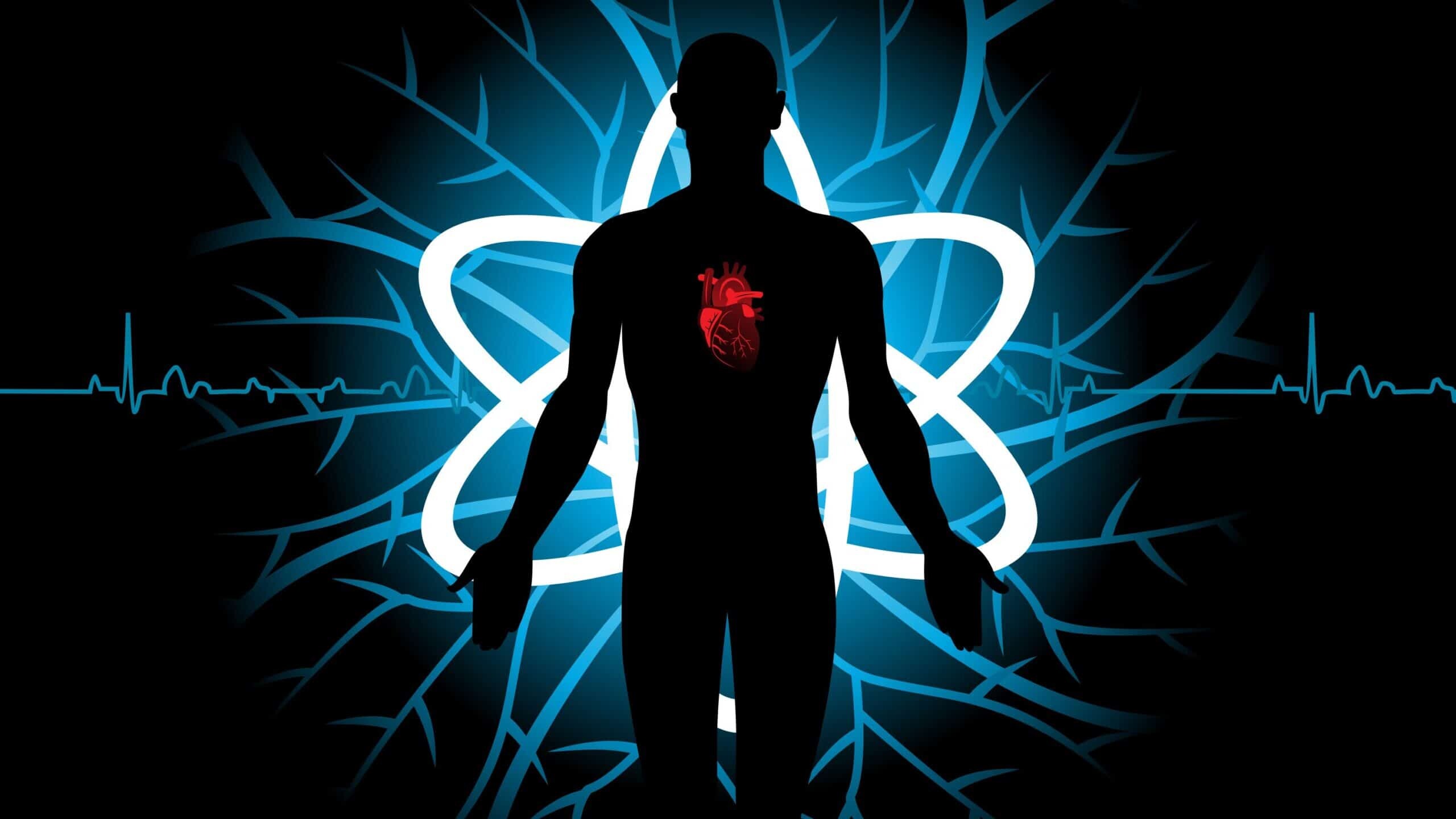Medical Imaging Technologies

Revolutionising Radiotherapy
A modern healthcare system is fundamentally strengthened by advancements in radiology and radiotheranostics. Diagnostic medical imaging technologies provide physicians with a range of non-invasive techniques to produce 2D and 3D digital images of the human body. These innovations enable accurate diagnoses, guide effective treatments, and open new avenues for personalised healthcare.
These detailed images are crucial for clinical examination, diagnosis, and a deeper understanding of various diseases and conditions. Medical imaging technologies include ultrasound, X-rays, magnetic resonance imaging (MRI), and computed tomography (CT) scans. Radiotheranostics, which combines diagnostic imaging with targeted radiotherapy, offers a precision-focused approach to detecting and treating diseases, particularly cancer.
Nuclear medicine also plays a significant role, offering positron emission tomography (PET) and single-photon emission computed tomography (SPECT) scanners that create functional images using imaging agents tagged with small amounts of radioactive substances.
Conventional SPECT, PET, and advanced hybrid scanners such as SPECT/CT, PET/CT, and PET/MRI systems provide radiologists with precise insights into a patient’s anatomy. The resulting images help assess the condition and functionality of the body’s organs and tissues.
The development of artificial intelligence (AI) has significantly advanced diagnostic medical imaging technologies. Radiologists now have access to AI algorithms capable of analysing the vast amounts of data generated by modern radiology equipment, often interpreting them in ways that can surpass human performance. In some cases, these algorithms work hand in hand with human experts, offering a valuable ‘second pair of eyes’.
Precision Radiotheranostics in Cancer
A new era of radiotheranostics unites the precision of diagnostic imaging with the direct administration of radiation to treat a range of diseases, many of them cancer-related.
Radiotheranostics manages to perform these twin aims with the assistance of radionuclides, which contain both a diagnostic and a therapeutic component. The diagnostic part identifies problem areas found in the patient by using familiar imaging techniques such as PET or SPECT. The therapeutic radionuclide delivers radiation that is to be identified by scanning.
The Oncidium Foundation promotes the use of radiotheranostics in oncology. This new cancer treatment method allows precise disease localisation and individualised treatment by using real-time imaging to assess a tumour’s response to therapy. It is a less invasive and more patient-centred alternative to some conventional radiotherapy treatments.
By supporting the development of this innovative treatment, Oncidium is ensuring that it has an important role in advancing what it sees as the future of cancer care.
Radiation Therapy Devices in Cancer Treatment
Radiation therapy devices are quite effective in treating various types of cancer. These devices use X-rays, gamma rays, and electron beams. Some devices can even use ‘proton beam therapy’ to directly hit the tumour with radiation that hopefully kills off most of its cells. Just as the technique’s name implies, non-surgical stereotactic radiosurgery (SRS) is an image-guided technique that directs the delivery of a high dose of radiation to a brain tumour or a tumour somewhere in the body.
Artificial Intelligence in the Field of Radiology
The addition of AI to diagnostic medical imaging is altering the landscape of radiology and improving the outcomes of healthcare professionals. The ‘robot doctor’ of the future will be AI-intelligent, not just managing imaging data but assessing it and integrating it with other relevant patient information to yield diagnoses and treatment suggestions. AI systems can now handle the volume, velocity, and variety of healthcare’s big-data problems more seamlessly than human radiologists alone.
However, human doctors will always remain necessary. They still have to make crucial decisions that impact patients’ lives. In addition, doctors have to review a patient’s entire history and take into account many other factors that can’t be easily digitised.
Advanced radiology techniques and AI are merging to ensure highly accurate diagnostics and improved patient care. The future of diagnostic medical imaging is especially bright because these technologies are still ‘young’ and evolving. Therefore, it is not only possible but probable that we will see even better results and a higher level of personalisation in the coming years.